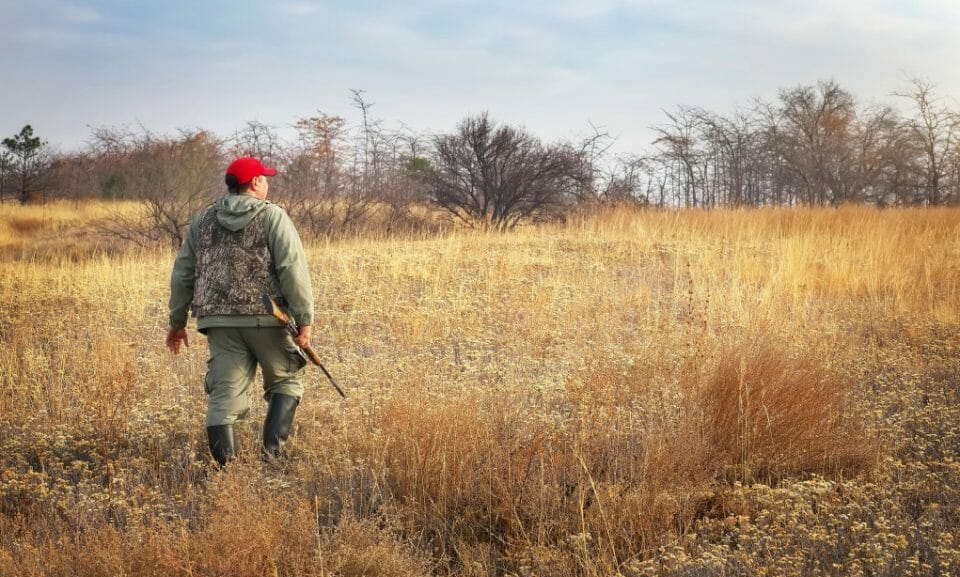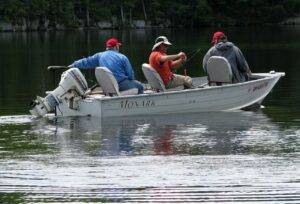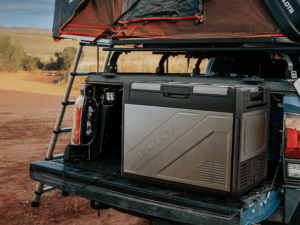
If you were born after 1979 and you want to get a hunting license in Minnesota, you will need to take the DNR Hunter Safety Course to receive your DNR Firearms Safety Certification. This comprehensive safety education program covers conservation, firearm safety, and responsibilities of hunters. Here’s what to expect at your first class.
Course Format
There are 12 total hours of classroom instruction in the course. You will learn how to safely handle, clean, maintain, and transport a firearm for hunting during that time. The rights and responsibilities of hunters will also be covered. This includes topics like conservation and stewardship of natural resources.
Once classroom training is completed, students will participate in realistic field experiences. These will allow students to apply what they have learned and practice their new skills. Everyone will have the opportunity to practice firearm safety and experience live fire with a .22 caliber rifle at the shooting range.
What Is Covered?
The DNR Hunter Safety Course covers a wide range of topics that affect hunters. Many of them are safety-related. Here are some examples of hunter safety topics you might learn about in the course.
Firearm Safety
There are basic safety rules that apply to all firearm handling and not just hunting situations. It is important that all hunters understand that a firearm is not a toy, but rather a tool that should be used according to accepted guidelines. If you are unfamiliar with safe firearm handling, you can expect to learn quite a bit while before you can obtain your Firearms Safety Certification and hunting license.
The first rule of firearm safety is to treat all firearms as if they are loaded. Yes, even if you know they aren’t. This can help you avoid a surprise discharge and injury. Muzzle control is key. You should always keep it pointed in a safe direction. NEVER point a firearm at something (or someone) you do not intend to shoot. That is how accidents happen. Do not clean or inspect a firearm without first checking to make sure it is unloaded.
Make sure you know the workings of the particular firearm you are using. Learn and understand the range of your firearm.
Safety gear is a must when handling firearms. Make sure you have appropriate eye and ear protection in place before you fire a shot.
Never drink alcohol or take drugs while handling firearms. They can impair your judgment and slow reaction time. It’s best to keep firearms safely stored if there will be drugs or alcohol around.
Hunting Safety
Make absolutely certain you can see your target clearly before you fire. People and pets can become accidental victims when hunters do not properly verify the identity of their target. You should also know what is behind and beyond your target. If your target is in front of an unsafe background, skip the shot. A stray bullet could cause serious injury and death to any unintended targets in the background.
Blaze orange saves lives. Not only that, wearing blaze orange or pink is required during firearms season with only a few exceptions. This goes for hunting dogs as well. Specially designed vests can help them be more visible to other hunters. Make sure you know the rules about when you must wear blaze orange, and make it a regular part of your hunting gear.
Make sure you tell someone where you will be going and when to expect you back. This can help rescuers find your location quickly in the event that you have an accident.
Tree Stand Safety
Make sure the tree you use for your stand is sturdy enough to support you, the stand, and all of your gear. There should be no sign of rot or damage to the tree. Do not try to haul a loaded firearm into your tree stand. Always use a haul line to raise and lower your gear.
Safety harnesses should always be worn in any tree stand. They can save your life in the event you slip or lose your balance. Always use a sturdy rope to secure your harness to the tree.
A final tree stand safety tip is to always keep a cell phone or two-way radio on you in a tree stand. You want to be able to access it if you fall and get injured, so don’t take it out of your pocket and set it in the stand.
Get Your DNR Firearms Safety Certification
These safety tips have given you a glimpse of what you will learn at the DNR Hunter Safety Course. Once you complete it, you will be able to apply for a hunting license.









